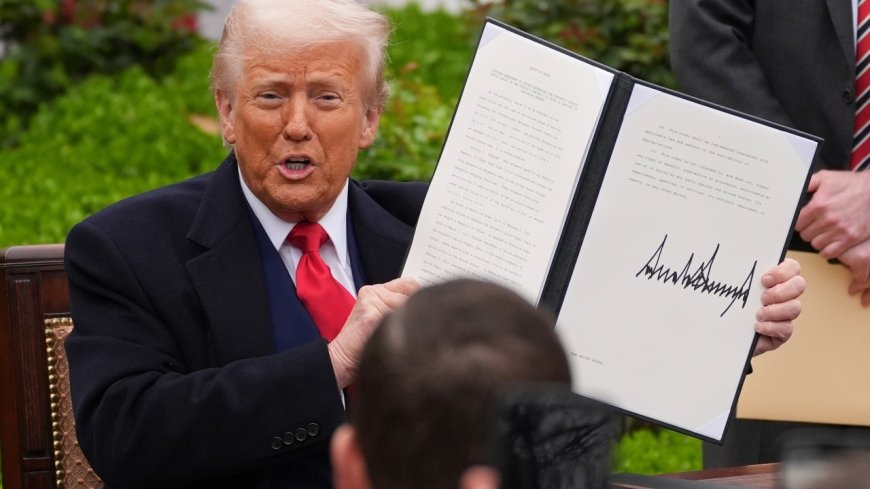How Trump tariffs could make iPhones, cars, and clothes costlier in the US
How Trump tariffs could make iPhones cars and clothes costlier in the US

How Trump Tariffs Could Make iPhones, Cars, and Clothes Costlier in the US
In recent discussions surrounding trade policies, the impact of Trump tariffs on various consumer goods has been a hot topic. With the introduction of these tariffs, many Americans are left wondering how the prices of everyday items like iPhones, cars, and clothes may be influenced. This article dives deep into the implications of these tariffs and what they mean for consumers.
The Background of Trump Tariffs
Tariffs are essentially taxes imposed on imported goods. During Trump's administration, several tariffs were enacted as part of a broader strategy to protect domestic industries. While the intention is to foster American production, the repercussions often extend to consumer prices. Understanding the historical context of these tariffs is crucial when evaluating their impact.
Potential Price Increases for iPhones
Apple’s iPhones, manufactured primarily in China, are significantly affected by tariff policies. With increased import taxes, the cost of producing iPhones in the US rises, leading to potential price hikes for consumers. As Apple looks to maintain its profit margins, the prices of iPhones on the market could see a substantial increase, making them less affordable for the average American.
The Automotive Industry Under Pressure
Similarly, the automotive industry faces challenges with tariffs. Auto manufacturers rely on imported components to assemble vehicles. Trump tariffs could disrupt this supply chain, raising production costs. This results in higher retail prices for new cars as manufacturers pass on these costs to consumers. Furthermore, used car prices may also experience an uptick, impacting budgets for families across the nation.
Clothing Costs on the Rise
Fashion retailers also expect to feel the pinch due to tariffs. Much of the clothing sold in the US is imported, often from countries like China, where tariffs have been significantly increased. Retailers may have to increase prices to cover higher import costs, pushing fashion out of reach for many consumers. This means that even a simple wardrobe update could become more financially challenging.
Conclusion: The Broader Impact on Consumers
The implications of Trump tariffs extend far beyond just iPhones, cars, and clothes. Consumers may soon find themselves paying more for a wider array of products due to increased production and import costs. For individuals and families, this could mean tighter budgets and less disposable income. It's essential for consumers to stay informed about these developments and adapt their purchasing habits accordingly.
For more updates, visit dharmyuddh.com
News by dharmyuddh.com Keywords: Trump tariffs impact, iPhone prices, automotive tariffs, clothing costs increase, US consumer goods prices, trade policy effects, import taxes on electronics, rising car prices, fashion pricing strategies, economic implications of tariffs.







